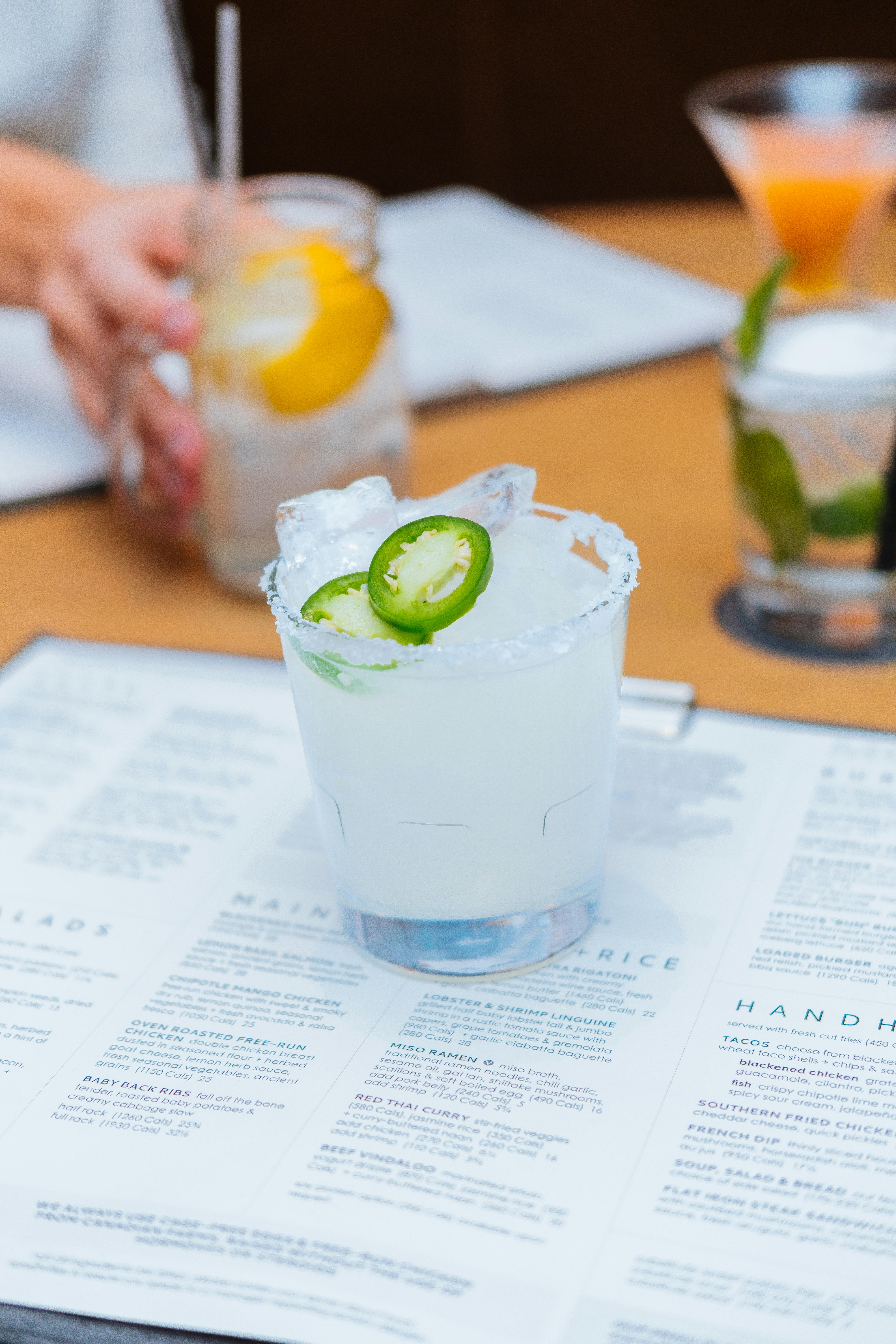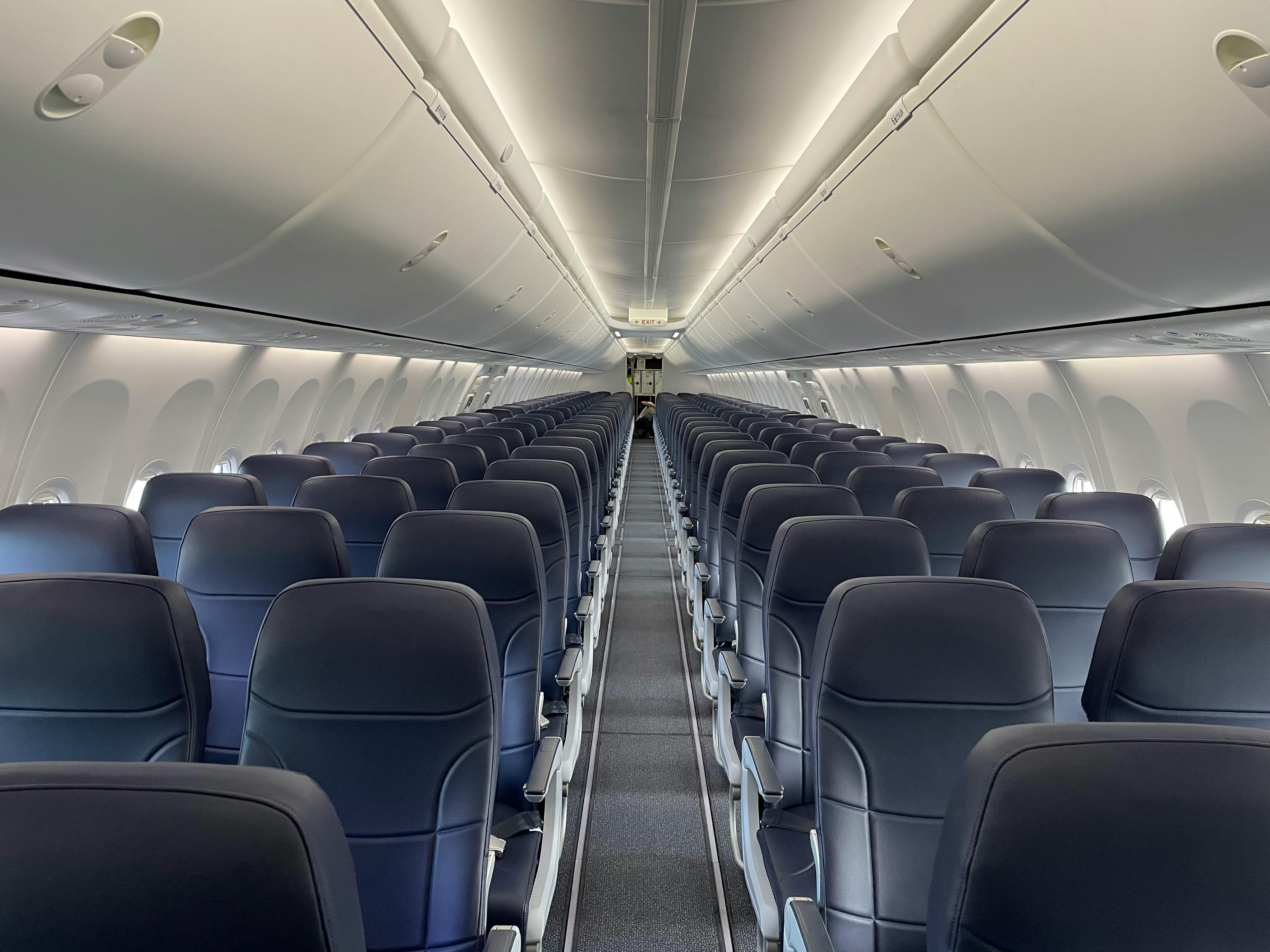
What We Can All Learn From United’s Cabin Refresh

Why this isn’t just an airline story—it’s a playbook for designing modern guest experiences.
As someone who has flown United more times than I can count—loyal, occasionally frustrated, but always watching—I found myself genuinely intrigued by their newly announced cabin refresh. Not because it’s radically new, but because it’s strategically smart.
This isn’t about reinventing air travel. It’s about removing friction and realigning the experience with what travelers actually value today. And for anyone shaping hotels, resorts, or guest experiences more broadly, there are a few powerful lessons worth noting.
1. Polaris Studio: A Prestige Reboot
United is introducing a new top-tier long-haul product, Polaris Studio, positioned above its standard business class. It’s not just a comfort play — it’s a revenue one. By offering a more premium seat and layering in private check-in and concierge desk access via Global Services, United is creating space for higher-yield fares and deepening appeal to their most profitable segment.
For hotels, this is a reminder: flagship features aren’t about nostalgia or status for status’ sake — they’re tools to drive higher ADR, unlock loyalty, and boost on-property revenue. Whether it’s a branded suite tier, private guest floors, or rethinking what a “premium” lounge looks like, the real challenge is this: how do you create relevant upgrade paths for today’s guest — not just legacy tiers with dusty armchairs and old wines?
2. Free Starlink Wi-Fi: The End of Gated Basics
United is rolling out high-speed Starlink internet across most domestic aircraft by the end of the year — and they’re making it free. No login loops. No upcharges. No loyalty gatekeeping. Just seamless access that aligns with real-world expectations.
The hotel world should take note. Charging for basics — from Wi-Fi to water to early check-in — erodes trust and adds drag to the experience. Smart brands are finding other ways to monetize, while making the essential feel frictionless. The real revenue unlock isn’t the fee — it’s the goodwill that opens the door to higher lifetime value.
3. Privacy as a Profit Driver, Not Just a Perk
United is catching up to competitors by adding privacy doors to Polaris seats — but more importantly, they’re leaning into emotional comfort. In a space as compressed and communal as an aircraft, creating a true sense of personal space is worth a premium.
Hotels should see the same opportunity. Whether through blackout, soundproofing, lighting control, or thoughtful layout, privacy is one of the most underleveraged ways to drive satisfaction, increase perceived value, and reduce upgrade regret. It’s not about square footage — it’s about boundaries. And guests will pay for control.
4. Self-Serve Isn’t Self-Defeating
The introduction of grab-and-go refreshment stations in premium cabins seems minor, but it solves a real problem: guests want what they want, when they want it — without waiting for permission. It’s autonomy by design.
In hospitality, this opens the door to rethink lobby bars, late-night snacks, hydration points, and even mini retail concepts. Self-serve doesn’t cheapen the experience — it empowers the guest, frees up staff for higher-touch moments, and can quietly increase F&B revenue when well executed.
5. A Mid-Tier Strategy That Actually Adds Up
Premium economy has often been the forgotten middle child — “not quite economy, not quite business.” But United is giving it a proper identity: privacy screens, smarter storage, refined finishes, and a clearer design voice.
For hotels, the same logic applies. Mid-tier rooms are often treated as filler — but they’re frequently where volume sits, and where perception is shaped. Upgrading the middle is about more than polish. It’s about creating enough difference to make the upsell feel good — and enough consistency to make the brand feel credible.
Final Thought
United’s refresh may not be revolutionary — but it’s highly relevant. And that’s the real win. These updates show a clearer alignment between what people want, what they’ll pay for, and what they remember.
For anyone designing experiences in hospitality or travel, the lesson is this: you don’t have to reinvent the category. But you do need to re-evaluate what’s truly valuable — and have the courage to let go of what no longer is.
Curious how these ideas could translate into your own guest experience?
We work with travel, hospitality, and lifestyle brands to turn emotional insight into strategy, design, and service that stick. Let’s talk.


